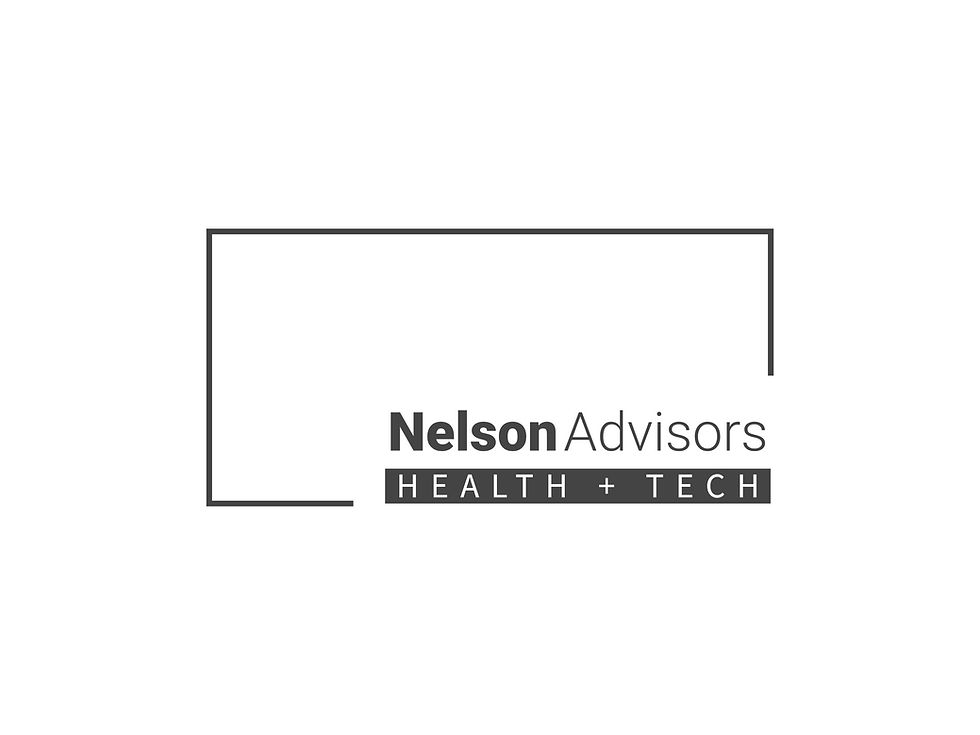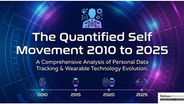HealthTech Quests: Blood pressure markers in Photoplethysmography
- Lloyd Price
- May 17
- 4 min read

HealthTech Quests: Blood pressure markers in Photoplethysmography
The quest for blood pressure (BP) markers in Photoplethysmography (PPG) is a significant and actively researched area within healthtech. PPG, a non-invasive optical technique, measures changes in blood volume in peripheral circulation using a light source and a photodetector, typically placed on the wrist, finger, or earlobe. Its integration into wearable devices like smartwatches and fitness trackers offers the potential for continuous and convenient BP monitoring, driving numerous applications in digital health.
Blood Pressure Markers in PPG
Researchers have identified various features within the PPG waveform that correlate with blood pressure. These markers can be broadly categorised as:
Pulse Wave Analysis (PWA) Features: These encompass the morphological characteristics of the PPG waveform in the time domain. Examples include systolic and diastolic amplitudes, pulse width, the dicrotic notch, and ratios derived from different points on the waveform and its derivatives.
Pulse Transit Time (PTT) and Pulse Arrival Time (PAT): PTT measures the time taken for the pulse wave to travel between two arterial sites (often requiring a proximal sensor like ECG and a distal PPG sensor). PAT is the time from the ECG's R-wave to a specific point on the PPG waveform. Both are inversely related to BP.
Frequency Domain Analysis: Analysing the frequency components of the PPG signal can provide insights into vascular tone and BP regulation.
Machine Learning-Derived Features: Advanced algorithms can extract complex, non-intuitive features from PPG data that exhibit strong correlations with BP, often outperforming traditional analytical methods.
Recent studies, leveraging large datasets of paired PPG and cuff BP readings, have shown that PPG signals contain reliable markers for BP estimation, even demonstrating performance superior to models relying solely on demographic data. This underscores the potential for cuffless BP monitoring using PPG alone.
Applications in Healthtech
The capability for continuous and non-invasive BP monitoring via PPG unlocks a wide array of applications in the healthtech landscape:
Hypertension Management: Continuous monitoring offers a more detailed view of BP fluctuations, aiding in the diagnosis of conditions like masked and white-coat hypertension and enabling personalised management strategies.
Remote Patient Monitoring: Integration into telehealth platforms allows for remote tracking of BP in patients with chronic conditions or those recuperating at home, improving medication adherence and facilitating timely interventions.
Early Detection of Cardiovascular Risk: Continuous BP data can help identify early indicators of BP abnormalities, enabling preventative lifestyle changes or medical interventions.
Personalised Health and Wellness: Consumer wearables with PPG-based BP monitoring empower individuals to track their cardiovascular health, understand the impact of lifestyle factors, and make informed wellness decisions.
Screening for Preeclampsia: Emerging research suggests potential applications in the early detection of preeclampsia in pregnant women.
Ambulatory Blood Pressure Monitoring (ABPM): PPG offers a more comfortable and convenient alternative to traditional cuff-based ABPM, potentially enhancing patient compliance and data richness.
Integration with AI and Machine Learning: Combining PPG markers with AI can lead to sophisticated models for cardiovascular risk assessment and personalised health interventions.
Non-invasive Glucose Monitoring Risk Assessment: Recent studies indicate that PPG signals can be analysed using AI algorithms to assess the risk of elevated blood glucose levels, offering a non-invasive screening method for diabetes risk.
Challenges and Future Directions
Despite the advancements, several challenges need to be addressed for widespread and reliable PPG-based BP monitoring:
Accuracy and Validation: Achieving clinical-grade accuracy and rigorous validation across diverse populations and physiological states remain critical.
Motion Artifacts: PPG signals are susceptible to noise from body movements, necessitating robust signal processing techniques for accurate BP estimation.
Individual Variability: The relationship between PPG features and BP can vary significantly among individuals, potentially requiring personalised calibration or adaptive algorithms.
Environmental Factors: Skin tone, temperature, and sensor placement can affect PPG signals and BP estimation accuracy.
Regulatory Hurdles: Demonstrating clinical validity and accuracy comparable to established methods is essential for regulatory approval.

Future research is likely to focus on:
Developing more advanced algorithms and machine learning models for improved feature extraction and BP prediction.
Sensor fusion, combining PPG with other wearable sensor data (e.g., accelerometers) to enhance robustness, especially during movement.
Exploring personalised calibration techniques to account for individual physiological differences.
Conducting large-scale clinical trials to validate the accuracy and clinical utility of PPG-based BP monitoring in real-world settings.
Advancements in sensor technology to improve signal quality and minimise the influence of external factors.
The ongoing quest for reliable blood pressure markers in Photoplethysmography holds immense promise for transforming blood pressure monitoring within the healthtech domain. Continuous, 'cuffless' BP monitoring has the potential to empower individuals and healthcare providers with valuable cardiovascular health insights, facilitating earlier diagnosis, more effective management, and ultimately contributing to improved patient outcomes.
Nelson Advisors > Healthcare Technology M&A
.
Nelson Advisors specialise in mergers, acquisitions and partnerships for Digital Health, HealthTech, Health IT, Consumer HealthTech, Healthcare Cybersecurity, Healthcare AI companies based in the UK, Europe and North America. www.nelsonadvisors.co.uk
Nelson Advisors regularly publish Healthcare Technology thought leadership articles covering market insights, trends, analysis & predictions @ https://www.healthcare.digital
We share our views on the latest Healthcare Technology mergers, acquisitions and partnerships with insights, analysis and predictions in our LinkedIn Newsletter every week, subscribe today! https://lnkd.in/e5hTp_xb
Founders for Founders > We pride ourselves on our DNA as ‘HealthTech entrepreneurs advising HealthTech entrepreneurs.’ Nelson Advisors partner with entrepreneurs, boards and investors to maximise shareholder value and investment returns. www.nelsonadvisors.co.uk
#NelsonAdvisors #HealthTech #DigitalHealth #HealthIT #Cybersecurity #HealthcareAI #ConsumerHealthTech #Mergers #Acquisitions #Partnerships #Growth #Strategy #NHS #UK #Europe #USA #VentureCapital #PrivateEquity #Founders #BuySide #SellSide
Nelson Advisors LLP
Hale House, 76-78 Portland Place, Marylebone, London, W1B 1NT
Contact Us
Meet Us
Digital Health Rewired > 18-19th March 2025
NHS ConfedExpo > 11-12th June 2025
HLTH Europe > 16-19th June 2025




















































Comments